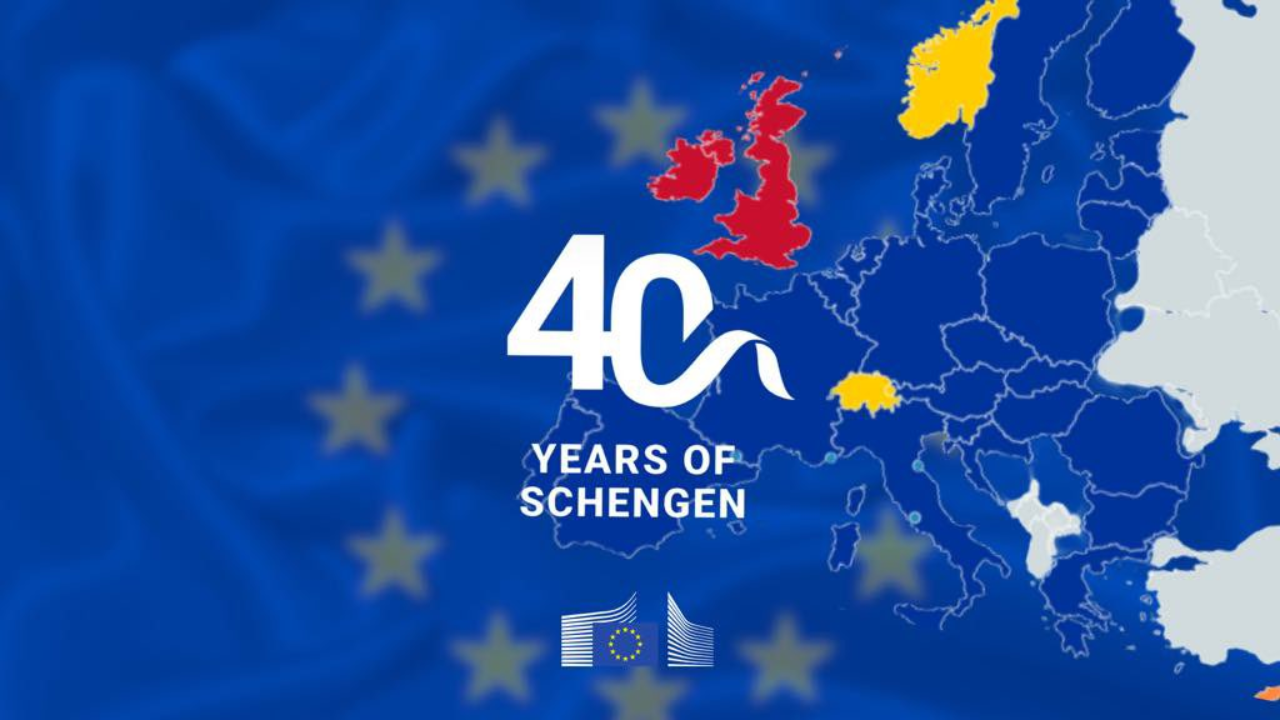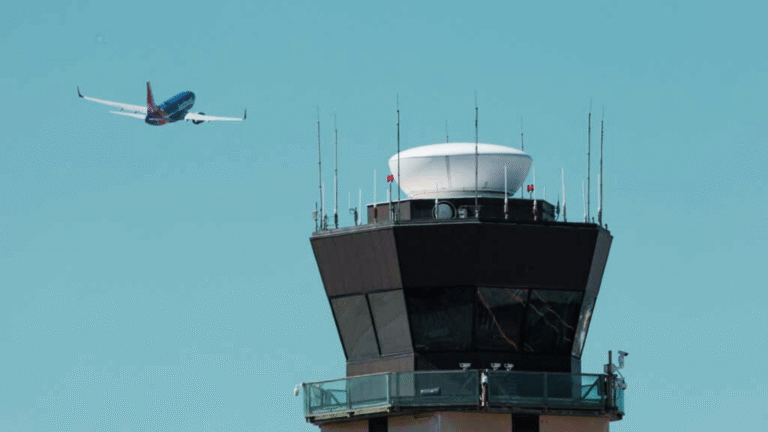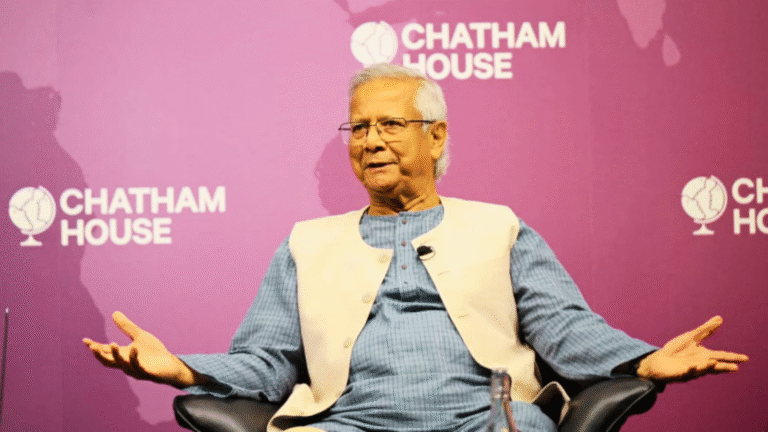This summer marks four decades since the signing of the treaty in the small village of Schengen, Luxembourg, which revolutionized European travel. Signed in 1985, the agreement established the foundation for open borders across the continent, now affecting approximately 450 million people, including citizens of the 29 nations within the Schengen Area and non-EU residents.
As border controls gradually reemerge across Europe, it is noteworthy to reflect on how the era of borderless travel began in this quiet, picturesque village with a population of just 680. It is here that a cycling journey begins, tracing the roots of European integration.
On the Luxembourg side, travelers pass through small villages along the bike paths, while the German side remains quieter at least for the first 10 kilometers. Crossing one of the bridges remains an effortless option for those wishing to explore both sides.
The Moselle region’s cycling network offers a flexible, adventure-filled landscape. National routes such as Luxembourg’s PC 3 and Germany’s Mosel-Radweg connect seamlessly with regional, themed, and mountain biking trails, allowing cyclists to craft customized routes skipping hills or discovering hidden corners.
Bike rentals, including e-bikes, are available at multiple points along the river in Luxembourg. Services providing luggage transport, charging stations, and free roadside assistance from April to October simplify navigation through the historic border region. This accessibility invites exploration and highlights the enduring spirit of European unity.














+ There are no comments
Add yours